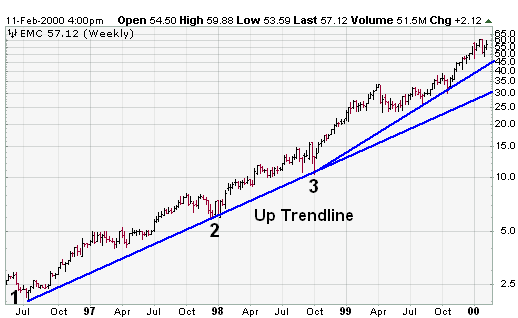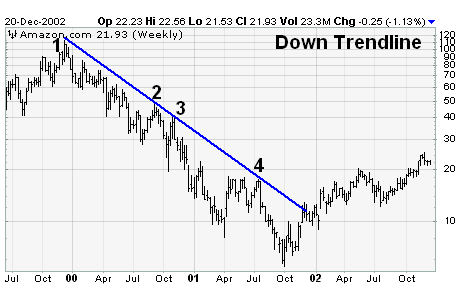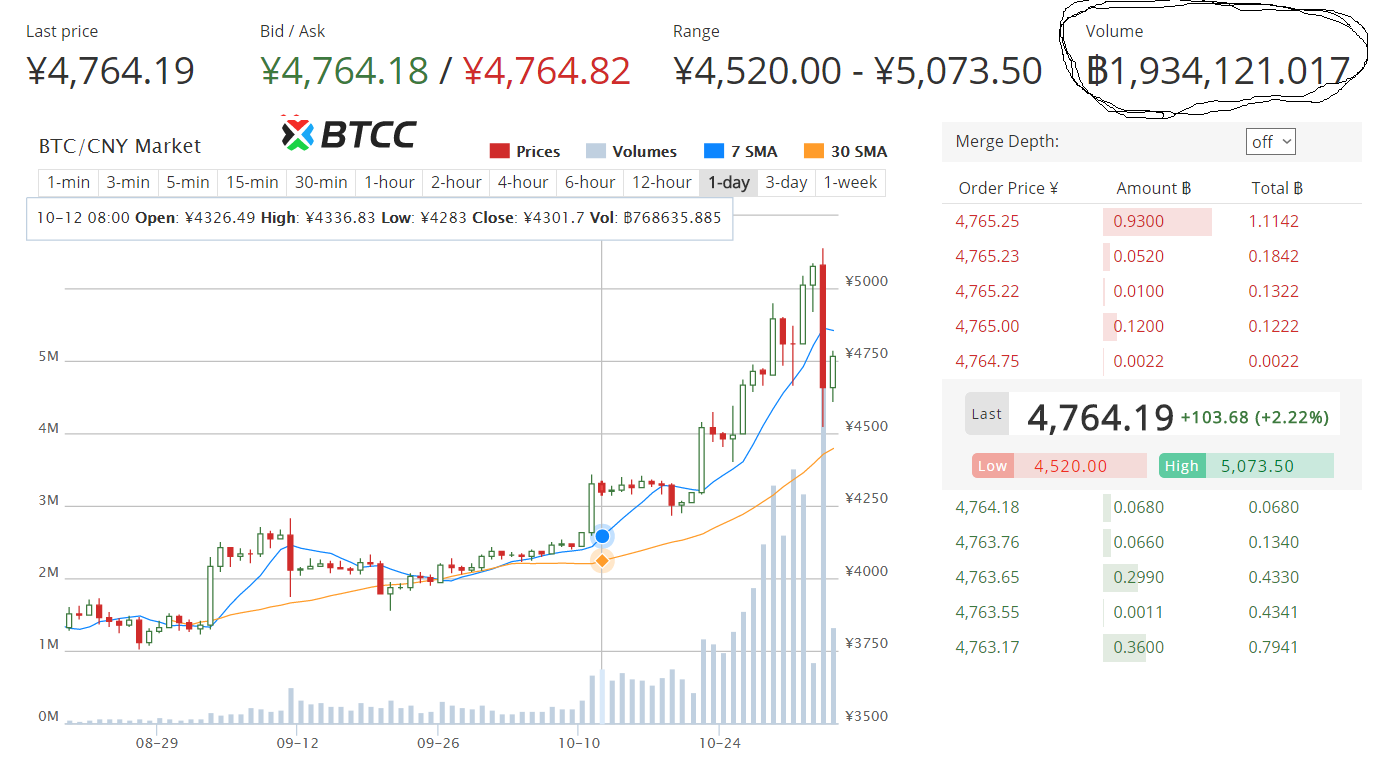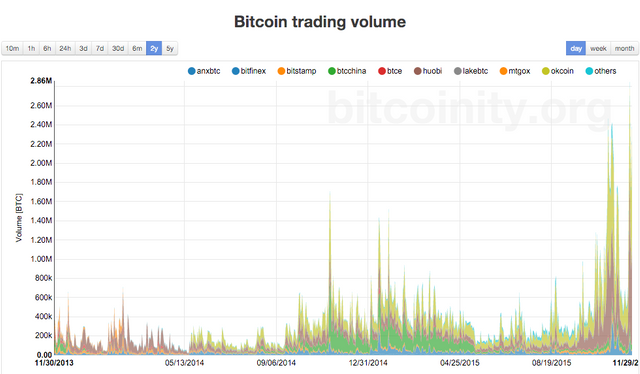How to predict cryptocurrency prices using graphs | Technical Analysis
Crypto traders have several tools to assess the cryptocurrency market. One of them is an approach known as Technical Analysis. Using this method, traders can get a better understanding of the market sentiment and isolate significant trends in the market. This data can be used to make more educated predictions and wiser trades.
Technical analysis is built on the assumption that prices trend. Trend Lines are an important tool in technical analysis for both trend identification and confirmation. A trend line is a straight line that connects two or more price points and then extends into the future to act as a line of support or resistance. Many of the principles applicable to support and resistance levels can be applied to trend lines as well. Tech analysis considers the history of a coin with price charts and trading volumes, no matter what the coin or project does. As opposed to technical analysis, fundamental analysis is more focused on establishing if a coin is over or under valued.
To get a better idea of technical analysis, it is crucial to understand the fundamental ideas of Dow Theory that tech analysis is based on:
The market considers everything in its pricing. All existing, prior, and upcoming details have already been integrated into current asset prices. With regards to Bitcoin and crypto, this would be comprised of multiple variables like current, past, and future demand, and any regulations that impact the crypto market. The existing price is a response to all the current details, which includes the expectations and knowledge of each coin traded in the market. Technicians interpret what the price is suggesting about market sentiment to make calculated wise predictions about future pricing.
Prices movement aren’t random. Rather, they often follow trends, which may either be long or short-term. After a trend is formed by a coin, it’s probably going to follow that trend to oppose it. Technicians try to isolate and profit from trends using technical analysis.
‘What’ is more important than ‘Why’. Technicians are more focused on the price of a coin than each variable that produces a movement in its price. Although multiple aspects could have influenced the price of a coin to move in a specific direction, Technicians assertively review supply and demand.
History tends to get repeated. It is possible to predict market psychology. Traders sometimes react the same way when presented with similar stimuli.
Trend Lines
Trend lines, or the typical direction that a coin is moving towards, can be most beneficial for traders of crypto. That said, isolating these trends can be easier said than done. Crypto assets might be substantially volatile, and watching a Bitcoin or crypto price movement chart will probably reveal a selection of highs and lows that form a linear pattern. With that in mind, Technicians understand that they can overlook the volatility and find an upward trend upon seeing a series of higher highs, and vice versa – they can identify a downtrend when they see a series of lower lows.
Additionally, there are trends that move sideways, and in these cases, a coin doesn’t move significantly in either direction. Traders should be mindful that trends come in many forms, including intermediate, long and short term trend lines.
Uptrend Line
An uptrend line has a positive slope and is formed by connecting two or more low points. The second low must be higher than the first for the line to have a positive slope. Note that at least three points must be connected before the line is considered to be a valid trendline.
Uptrend lines act as support and indicate that net-demand (demand less supply) is increasing even as the price rises. A rising price combined with increasing demand is very bullish, and shows a strong determination on the part of the buyers. As long as prices remain above the trend line, the uptrend is considered solid and intact. A break below the uptrend line indicates that net-demand has weakened and a change in trend could be imminent.
Downtrend Line
A downtrend line has a negative slope and is formed by connecting two or more high points. The second high must be lower than the first for the line to have a negative slope. Note that at least three points must be connected before the line is considered to be a valid trendline.
Downtrend lines act as resistance, and indicate that net-supply (supply less demand) is increasing even as the price declines. A declining price combined with increasing supply is very bearish, and shows the strong resolve of the sellers. As long as prices remain below the downtrend line, the downtrend is solid and intact. A break above the downtrend line indicates that net-supply is decreasing and that a change of trend could be imminent.
Resistance and support levels
In stock market technical analysis, support and resistance is a concept that the movement of the price of a security will tend to stop and reverse at certain predetermined price levels. These levels are denoted by multiple touches of price without a breakthrough of the level.
A support level is a level where the price tends to find support as it falls. This means that the price is more likely to "bounce" off this level rather than break through it. However, once the price has breached this level, by an amount exceeding some noise, it is likely to continue falling until meeting another support level.
A resistance level is the opposite of a support level. It is where the price tends to find resistance as it rises. Again, this means that the price is more likely to "bounce" off this level rather than break through it. However, once the price has breached this level, by an amount exceeding some noise, it is likely to continue rising until meeting another resistance level.
Note: False breakouts occur when a breakout happens, but the trend doesn’t change. Hence, we must use some more indicators, such as trading volume, to identify the trend.
Moving averages
A moving average (MA) is a widely used indicator in technical analysis that helps smooth out price action by filtering out the “noise” from random price fluctuations. It is a trend-following, or lagging, indicator because it is based on past prices.
A moving average is based on the average price of the coin over a certain period of time. For example, a moving average of a given day will be calculated according to the price of the coin for each of the 20 trading days prior to that day. Connecting all moving averages forms a line.
Trading Volume
Trading volume plays an important role in identifying trends. Significant trends are accompanied by a high trading volume, while weak trends are accompanied by a low trading volume. When a coin goes down it is advisable to check the volume which accompanied the decline. A long-term trend of healthy growth is accompanied by a high volume of increases and a low volume of declines. It is also important to see that volume is rising over time. If the volume is decreasing during increases, the upward trend is likely to come to an end, and vice versa during a down trend.
Final Note:
Using technical analysis, traders can identify trends and market sentiment and they also have the ability to make wiser investment decisions. However, there are a number of key points to consider.
Technical analysis is a practical method that weighs past prices of certain coins and their trading volume. When considering entering a trade, it is not recommended that you only rely on technical analysis. Especially in the field of crypto, a field that often generates news, there are fundamental factors that have a significant impact on the market (such as regulations, ETF certificates, mining hash, etc.). Technical analysis only ignores and can’t predict these factors, so the recommendation is to mix together the technical analysis and the fundamentals analysis to make wise investment decisions.
Hope this helps you all, Compiled this article from different sources and added necessary details.
Thank you for reading.! :)




